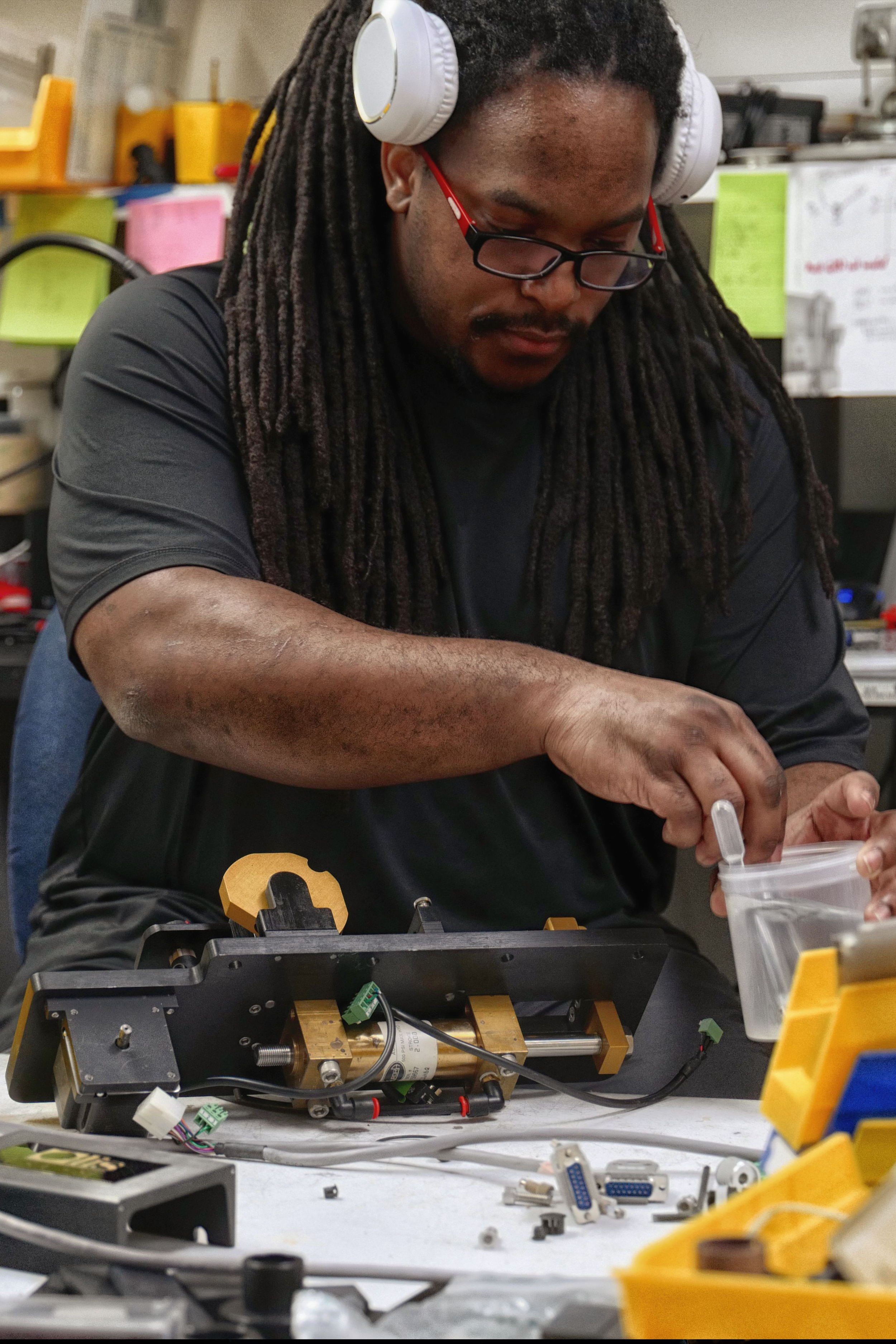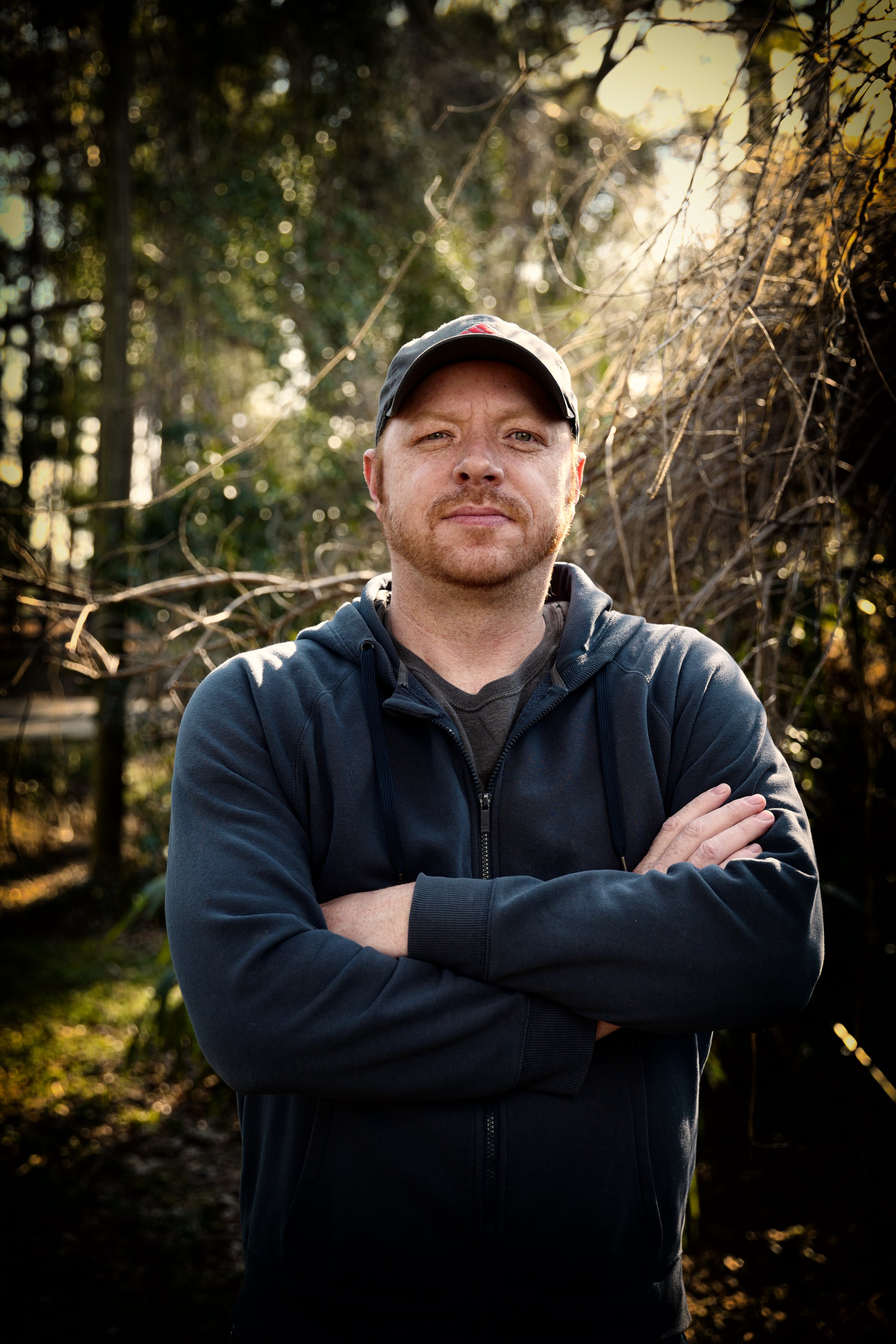The 7-Minute Rule for Uv/vis/nir
The 7-Minute Rule for Uv/vis/nir
Blog Article
Fascination About Spectrophotometers
Table of ContentsUv/vis - An OverviewThe 3-Minute Rule for Uv/visEverything about SpectrophotometersThe 10-Minute Rule for Circularly Polarized LuminescenceThe Buzz on SpectrophotometersThe smart Trick of Uv/vis That Nobody is DiscussingCircular Dichroism - An OverviewUv/vis/nir - QuestionsCircularly Polarized Luminescence Can Be Fun For EveryoneWhat Does Uv/vis/nir Mean?7 Simple Techniques For Uv/visTop Guidelines Of Circular DichroismCircularly Polarized Luminescence Things To Know Before You Get This
It is then scanned through the sample and the referral options. Fractions of the event wavelengths are sent through, or reflected from, the sample and the reference. The resultant light strikes the photodetector device, which compares the relative strength of the two beams. Electronic circuits transform the relative currents into linear transmission percentages and/or absorbance/concentration worths.The transmission of a referral compound is set as a standard (information) worth, so the transmission of all other substances are tape-recorded relative to the preliminary "zeroed" substance. The spectrophotometer then transforms the transmission ratio into 'absorbency', the concentration of specific elements of the test sample relative to the preliminary compound.
Given that samples in these applications are not easily available in large amounts, they are especially suited to being examined in this non-destructive technique. In addition, valuable sample can be conserved by making use of a micro-volume platform where as little as 1u, L of sample is required for complete analyses. A brief explanation of the procedure of spectrophotometry includes comparing the absorbency of a blank sample that does not contain a colored substance to a sample which contains a colored substance.
The 5-Minute Rule for Uv/vis
In biochemical experiments, a chemical and/or physical property is picked and the procedure that is utilized is particular to that property in order to obtain more info about the sample, such as the amount, pureness, enzyme activity, and so on. Spectrophotometry can be utilized for a number of methods such as figuring out ideal wavelength absorbance of samples, identifying optimum p, H for absorbance of samples, determining concentrations of unidentified samples, and identifying the p, Ka of numerous samples.: 21119 Spectrophotometry is likewise a handy procedure for protein filtration and can likewise be used as a technique to create optical assays of a substance.
It is possible to know the concentrations of a two element mixture using the absorption spectra of the standard services of each element. To do this, it is necessary to know the extinction coefficient of this mix at two wave lengths and the extinction coefficients of solutions that consist of the recognized weights of the 2 parts.

How Uv/vis can Save You Time, Stress, and Money.
A lot of spectrophotometers are utilized in the UV and visible areas of the spectrum, and some of these instruments also run into the near-infrared region also. The concentration of a protein can be approximated by determining the OD at 280 nm due to the presence of tryptophan, tyrosine and phenylalanine (https://www.kickstarter.com/profile/olisclarity1/about).
Nucleic acid contamination can likewise interfere. This technique requires a spectrophotometer capable of determining in the UV region with quartz cuvettes.: 135 Ultraviolet-visible (UV-vis) spectroscopy includes energy levels that thrill electronic shifts. Absorption of UV-vis light delights molecules that are in ground-states to their excited-states. Noticeable region 400700 nm spectrophotometry is used extensively in colorimetry science.
20. 8 O.D. Ink producers, printing companies, textiles vendors, and much more, need the data supplied through colorimetry. They take readings in the region of every 520 nanometers along the visible area, and produce a spectral reflectance curve or a data stream for alternative discussions. These curves can be used to test a new batch of colorant to inspect if it makes a match to requirements, e.
The Ultimate Guide To Spectrophotometers
Conventional visible region spectrophotometers can not spot if a colorant or the base material has fluorescence. This can make it tough to manage color issues if for example one or more of the printing inks is fluorescent. Where a colorant contains fluorescence, a bi-spectral fluorescent spectrophotometer is utilized (https://www.bark.com/en/us/company/olis-clarity/96z8l/). There are two significant setups for visual spectrum spectrophotometers, d/8 (round) and 0/45.
Scientists utilize this instrument to determine the quantity of compounds in a sample. If the compound is more focused more light will be soaked up by the sample; within small ranges, the Beer, Lambert law holds and the absorbance in between samples differ with concentration linearly. When it image source comes to printing measurements 2 alternative settings are frequently used- without/with uv filter to manage better the impact of uv brighteners within the paper stock.
Not known Facts About Circular Dichroism
Some applications need little volume measurements which can be performed with micro-volume platforms. As described in the applications area, spectrophotometry can be used in both qualitative and quantitative analysis of DNA, RNA, and proteins. Qualitative analysis can be used and spectrophotometers are utilized to tape spectra of substances by scanning broad wavelength areas to identify the absorbance homes (the intensity of the color) of the compound at each wavelength.

Some Known Factual Statements About Circular Dichroism
One major aspect is the kind of photosensors that are available for various spectral regions, but infrared measurement is likewise challenging since virtually everything produces IR as thermal radiation, specifically at wavelengths beyond about 5 m. Another issue is that numerous products such as glass and plastic soak up infrared, making it incompatible as an optical medium.
Samples for IR spectrophotometry may be smeared between two discs of potassium bromide or ground with potassium bromide and pushed into a pellet. Where liquid services are to be measured, insoluble silver chloride is used to build the cell. Spectroradiometers, which run nearly like the noticeable area spectrophotometers, are created to determine the spectral density of illuminants. 2013. p. 13. Allen, DW; Cooksey, C; Tsai, BK (Nov 13, 2009). "Spectrophotometry". Retrieved Dec 23, 2018. Ninfa AJ, Ballou DP, Benore M (2010 ). Essential Laboratory Approaches for Biochemistry and Biotechnology (second ed.). Hoboken: Wiley & Sons. ISBN 9780470087664. OCLC 488246403. Schwedt G (1997 ). The important guide to analytical chemistry.
Oke, J. B.; Gunn, J. E.
Examine This Report on Spectrophotometers

Ninfa AJ, Ballou DP, Benore M (2015 ). Essential Laboratory Approaches for Biochemistry and Biotechnology (3, rev. ed.). spectrophotometers. Laboratory Devices.
Not known Factual Statements About Circular Dichroism
"Applied Spectrophotometry: Analysis of a Biochemical Mixture". Biochemistry and Molecular Biology Education. Journal of Biochemistry Education.
Circular Dichroism for Beginners
U.S. Department of Commerce National Bureau of Standards unique publication; 378. Washington, D.C.: U.S. National Bureau of Standards. p. 2. OCLC 920079.
The process starts with a controlled source of light that lights up the evaluated sample. In the case of reflection, as this light connects with the sample, some is soaked up or emitted. The produced light travels to the detector, which is analyzed, quantified, and presented as industry-standard color scales and indices.
All terms are evaluated over the visible spectrum from 400 to 700 nm. In the case of transmission, when the light interacts with the sample, it is either taken in, reflected, or sent.
Facts About Circular Dichroism Revealed
Examples include APHA (American Public Health Association) for watercolor and pureness analysis, ASTM D1500 for petrochemical color analysis, edible oil indices utilized in food, and color analyses of beverages. The simplified mathematics appears like this:. Where T is the transmission coefficient. All terms are examined over the noticeable spectrum from 400 to 700 nm.
Image Credit: Matej Kastelic/ Dr. Arnold J. Beckman and his coworkers at the National Technologies Laboratories first developed the spectrophotometer in 1940. In 1935 Beckman founded the business, and the discovery of the spectrophotometer was their most ground-breaking creation. Dr. Bruce Merrifield, a Nobel prize-winning biochemist, stated that the development of the spectrophotometer was "most likely the most important instrument ever developed towards the improvement of bioscience." Before the discovery of the spectrophotometer, chemical analyses took weeks to finish, with 25% accuracy.
Some Known Factual Statements About Spectrophotometers
99% accuracy. Gradually, researchers kept enhancing the spectrophotometer style to boost its performance. For example, the UV capabilities of the model B spectrophotometer were improved by changing the glass prism with a quartz prism. Eventually, the Model DU was created, including a hydrogen lamp and other improvements. This instrument was used in commercial labs, clinics, and chemistry and biochemistry departments.
After 1984, double-beam variations of the gadget were created. The addition of external software with the arrangement of onscreen display screens of the spectra was available in the 1990s. Generally, a spectrophotometer is made up of 2 instruments, particularly, a spectrometer and a photometer. A fundamental spectrophotometer includes a light, a monochromator, a collimator for straight beam transmission, a cuvette to position a sample, and a photoelectric detector.
Indicators on Spectrophotometers You Should Know
There are different kinds of spectrophotometers in different shapes and sizes, each with its own purpose or performance. A spectrophotometer determines how much light is shown by chemical components. UV/Vis. It measures the distinction in light intensity based on the overall amount of light introduced to a sample and the quantity of beam that goes through the sample option
A spectrophotometer is utilized to figure out the concentration of both colorless and colored solutes in a solution. This instrument is used to identify the rate of a response.
Report this page